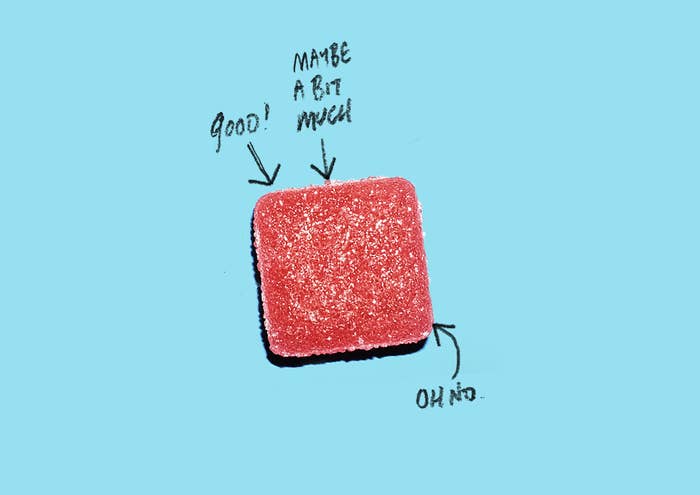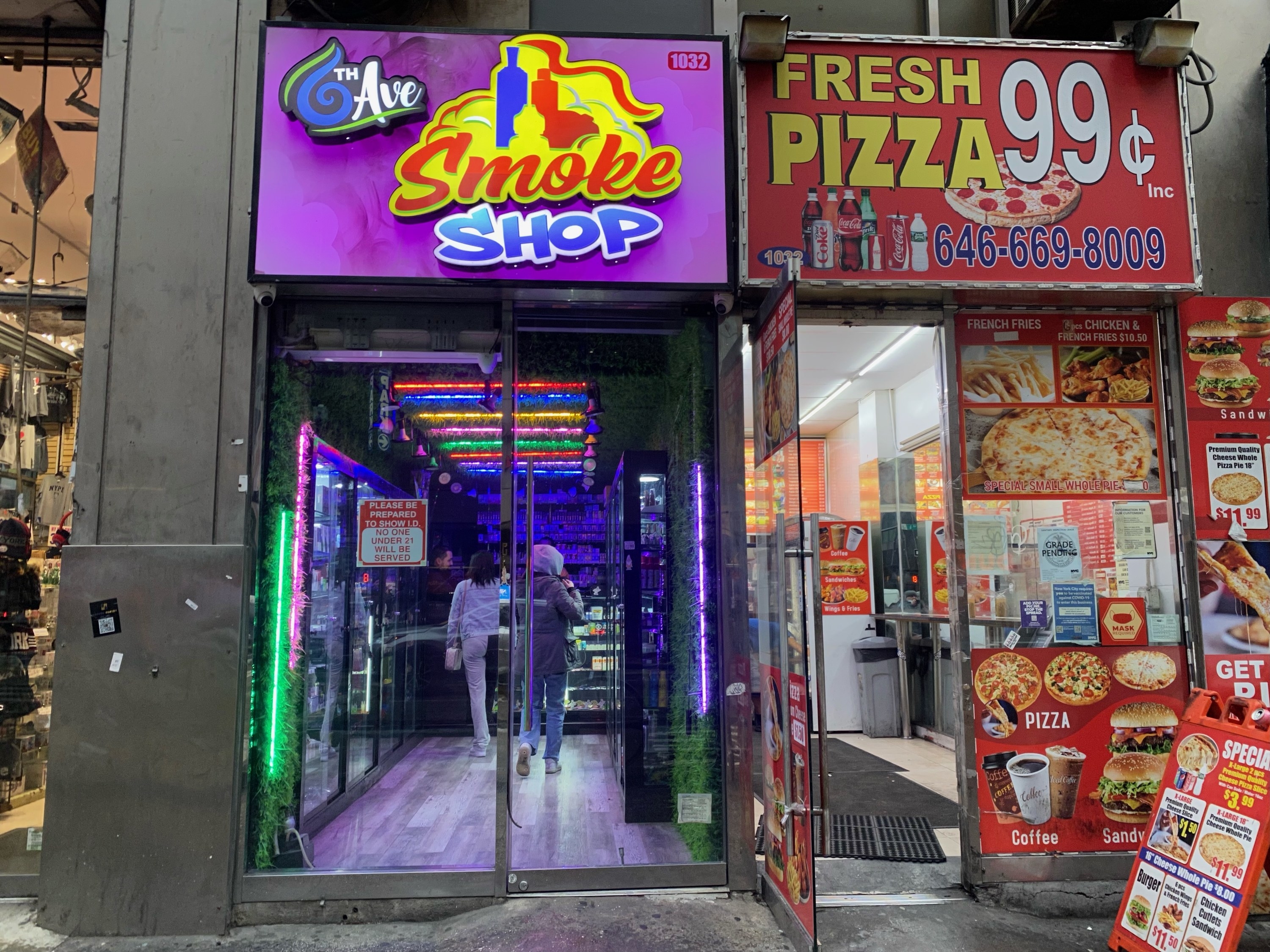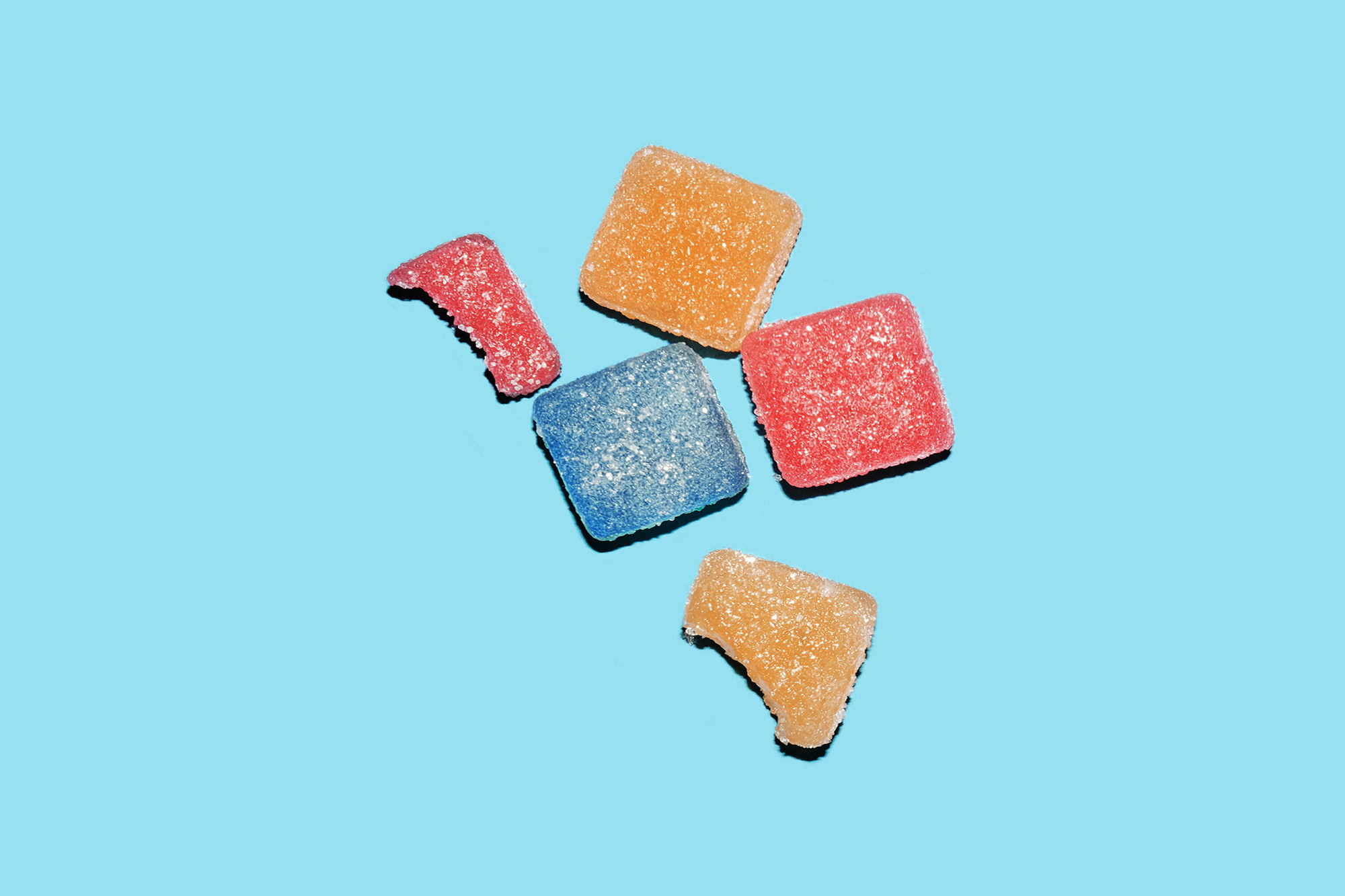
Amber Herrin, 19, from Petal, Mississippi, decided to try edibles, which are cannabis-containing food products that you can buy or make yourself, with a friend when she was 17. After taking three edibles, Herrin realized she should have done more research when she started to experience a panicked and fearful high, also called “greening out.”
“One quick Google search would have shown me that I was supposed to take little bites at a time gradually,” Herrin told BuzzFeed News. “I started to panic. My body started to feel like it was on fire. I started to lose my vision. I was convinced I was going to die.”
Herrin experienced an edible overdose or poisoning, which can include symptoms such as dizziness, weakness, paranoia, panic, and anxiety and is caused by consuming too much of a cannabis product. When she started to have trouble seeing and standing, she called 911.
“The paramedics came and told me that I would be fine, though I didn’t feel it,” Herrin said. “Greening out is something that isn’t talked about. It’s very serious and I worry for youth who won’t know what to do in situations like these.”
The active ingredient in weed is tetrahydrocannabinol (THC), which causes that high, euphoric feeling, but in some cases, can also cause psychological reactions, like Herrin experienced, such as fear, panic, or depression.
Since weed can be consumed in different ways, including smoking, eating, and drinking cannabis products, the way it enters the body affects how much it’s absorbed.
According to the World Health Organization, around 2.5% of the world’s population, or 147 million people, consume weed. If you think you’re the only one who took a trip to the hospital after smoking or consuming too much cannabis, you’re wrong. As more and more states legalize the drug, cases of cannabis toxicity, or the overuse or abuse of cannabis products, may result in more hospital visits.
A 2022 study that looked at more than 35,000 people in Canada found that people who reported using cannabis in the past year were more likely to have an ER visit or hospitalization than people who didn’t use cannabis.
In 2017, a research team led by Adrian Bravo at the University of New Mexico published a study in the Journal of Studies on Alcohol and Drugs that found that college students had a tendency to smoke more often, and greater amounts, on April 20, or 4/20, the date weed enthusiasts celebrate the drug because of its slang name. In the survey of 59 college students, about 50% of students said they smoked on 4/20 compared with 28% on weekdays in general, and 37% on weekends.
There may be hospitalizations on 4/20 too. In 2015, one marijuana celebration on 4/20 in Vancouver resulted in 64 emergency room trips.
With the arrival of 4/20, here’s what you need to know about weed amounts, how long edibles last, symptoms of an overdose, and what to do if you smoke, or eat, too much weed.
How much is too much weed?

Most cannabis products that you can buy legally list the amount of THC they contain. However, if you’re consuming an edible that isn’t packaged, it’s almost impossible to tell how much THC, the psychoactive ingredient, is in food, drink, or smoking products.
Generally, the likelihood of experiencing uncomfortable effects is higher if you’re a first-time or infrequent cannabis user. So if you’re thinking about partaking in 4/20, the right dosage depends on the person consuming cannabis, with a recommended 2.5 mg to start, and capping it at 40 mg of THC per day.
A 2023 study in the journal Molecules at the Institute of Nutrition at Mahidol University in Thailand suggested that smoking 2 to 3 mg of THC can impair attention, focus, short-term memory, and executive function, such as memory, thinking, and self-control.
More severe symptoms affect people who smoke more than 7.5 mg of THC, such as low blood pressure, panic, anxiety, delirium, jerking movements, and difficulties with balance and speech. The same study suggested that an oral dose of 5 to 20 mg of THC can impair short-term memory and "executive functioning."
Although eating cannabis, or edibles, doesn’t affect the lungs compared with smoking, accidental overdoses are more likely to happen.
It can take from 30 minutes to two hours for the THC to start to affect the body after eating cannabis products. Since it takes longer for the effects of edibles to begin, people might take more of it, thinking they haven’t consumed enough. The high also lasts longer when eating cannabis-containing foods compared with smoking and can last up to 12 hours before the effects subside.
If you’re planning on eating or drinking cannabis products, make sure to wait for the effects to begin, rather than consuming more. If you do end up smoking or consuming too much, you could experience an overdose or cannabis poisoning.
Symptoms of an overdose and poisoning
Signs of smoking or consuming too much cannabis include:
- extreme confusion
- anxiety
- paranoia
- panic
- fast heart rate
- delusions
- hallucinations
- increased blood pressure
- severe nausea or vomiting
“Any time a person feels like they are having a medical emergency, they should seek care at the nearest emergency facility or call 911,” Dr. Carrie Oubre, a board-certified emergency medicine physician based in San Jose, California, told BuzzFeed News. “However, there are many times that people are not sure whether their symptoms are related to an emergent condition.”
People should seek medical help if cannabis use results in an injury, suicidal thoughts, or if they have underlying medical conditions.
“If you do sustain a significant injury related to any type of accident after using cannabis, you should seek emergency care even if your pain level is not as high as you would expect,” Oubre said. “Cannabis can mask your pain symptoms, and the injury may be worse than you feel it is.”
Since THC can amplify symptoms of psychiatric disorders, such as depression, anxiety, PTSD, ADHD, bipolar disorder, schizophrenia, and psychosis, it’s important to get emergency care in those cases of overconsumption, Oubre said.
Additionally, people who already have medical conditions, such as heart disease, lung disease, or diabetes, should be more aware of any symptoms or effects of overdose.
“If you are a person with chronic illness, and you notice that your symptoms have become worse after using cannabis, you should seek emergent care, especially if these symptoms include chest pain and shortness of breath,” Oubre said.
Here’s what to do

Although cannabis toxicity improves on its own over time without medical intervention, the effects of overconsumption can be managed by an emergency department physician, poison control, neurologist, or psychiatrist.
According to Poison Control, most adults can manage the effects of cannabis without medical assistance.
“Unlike opioids, an overdose of cannabis is not fatal,” Dr. Leigh Vinocur, a Baltimore-based, board certified-emergency physician, and expert in medical cannabis science and therapeutics, told BuzzFeed News. “Most patients don’t need hospitalization. They can stay at home in a safe, calm environment giving them time to metabolize cannabis. But for extreme cases of paranoia, sometimes patients can be observed in a hospital, sometimes given anti-anxiety drugs.”
Psychotic episodes and serious medical problems are rare. However, cannabis cases reported to the National Poison Control increased from 2,951 cases in 2016 to 11,569 cases in 2020. From January to July 2021, 18% of exposures (119 of 661 cases) required hospitalizations and 39% of the cases involved people under 18 (258 of 661 cases).
For children who have consumed cannabis products, Vinocur said that hospitalization may be needed.
“For young children, they tend not to get agitated or paranoid from overdosing and intoxication, but instead, become very sleepy,” Vinocur said. “They are often observed in the hospital to make sure their airways are not compromised but even this may be unnecessary because these children are not truly comatose, and they only need supportive therapy and monitoring until they wake up.”
To prevent overdose and medical emergencies, it’s best to keep cannabis secured in its original packaging and out of reach of pets and children.
For people who are greening out who want to try to relieve their symptoms at home and aren’t experiencing a medical emergency, Oubre recommends these tips to help calm anxiety:
Make sure you’re in a low-anxiety environment
- Dim the lights
- Turn down sounds or music
- Decrease the amount of stimulation, such as a TV
Try meditation
- Learn meditation skills or download a meditation app before cannabis use
- Practice deep breathing and mindfulness techniques
Phone or text a friend
- If you have a friend or family member who you are comfortable talking to about cannabis use, try talking to them if you develop anxiety symptoms. They may be able to reassure you and help to decrease your symptoms of anxiety.
Alex Milligan, cofounder and CMO of NuggMD, the US’s largest cannabis telemedicine company, announced the use of Too High Hotline for people who want to learn more about cannabis products or are in the midst of unpleasant effects.
The hotline is a service that people can use on 4/20 and beyond; it also provides educational materials to patients. You can find out more about ways to consume cannabis, including smoking and eating cannabis products, dosing, and tolerances. It also provides emotional support and helps people explore treatment options.
“The Too High Hotline isn’t a mental health service and doesn’t offer medical advice,” Milligan told BuzzFeed News. “We’ll have a team of compassionate, empathetic, and diverse volunteers who’ve had their share of uncomfortable cannabis experiences, and who are trained in helping someone get back to a state of clarity and calm.”
It’s important to understand that the service is not meant for medical emergencies, and if you think that you need emergency medical care as a result of cannabis effects you shouldn’t turn to the platform for help.
“Harm reduction is not talked about enough within the cannabis movement,” Milligan said. “As legal cannabis continues to gain broad, bipartisan support, and as newly legal markets continue to mature, it’s important to have a resource for situations where there’s discomfort and anxiety but no medical emergency. That’s what we’ve endeavored to create.”
